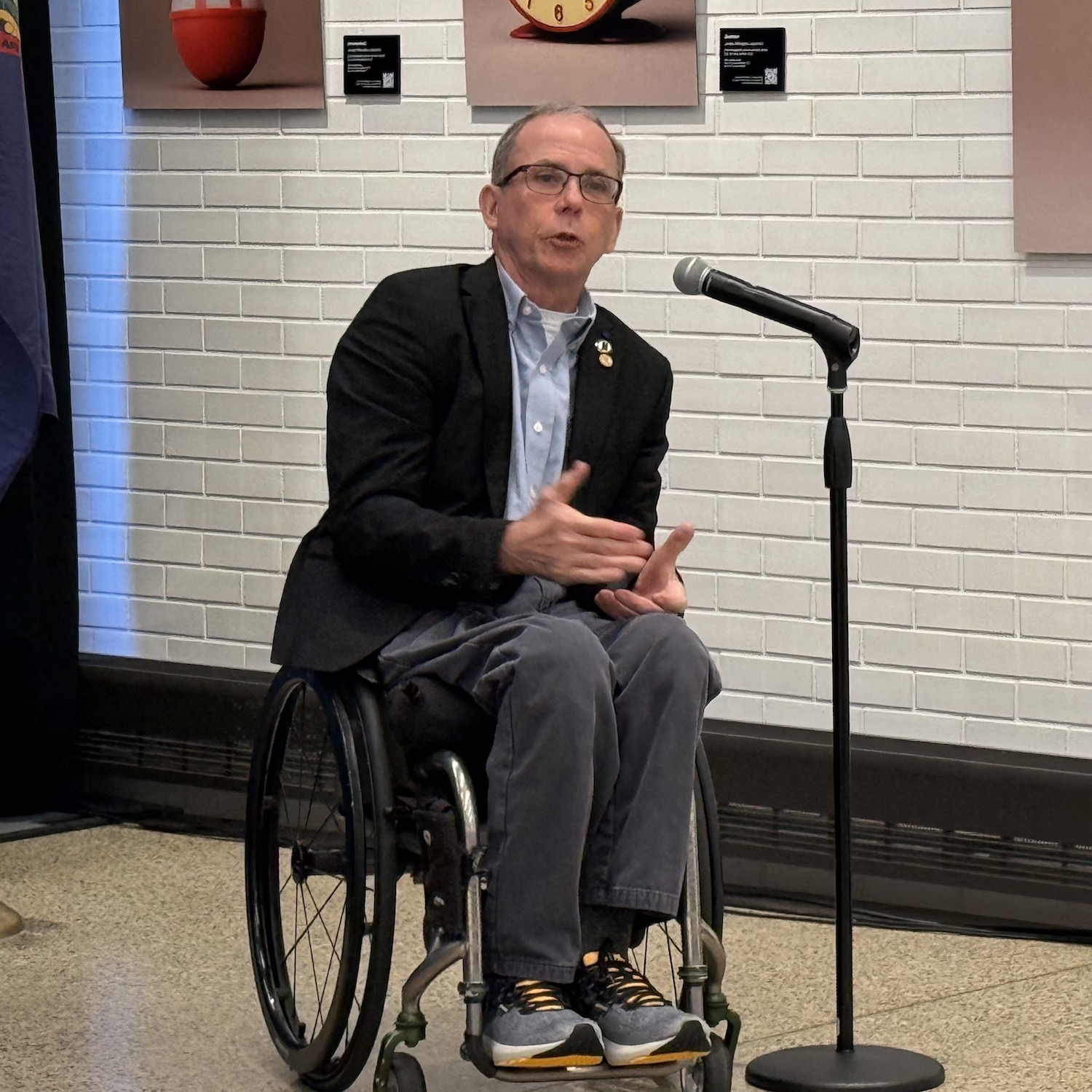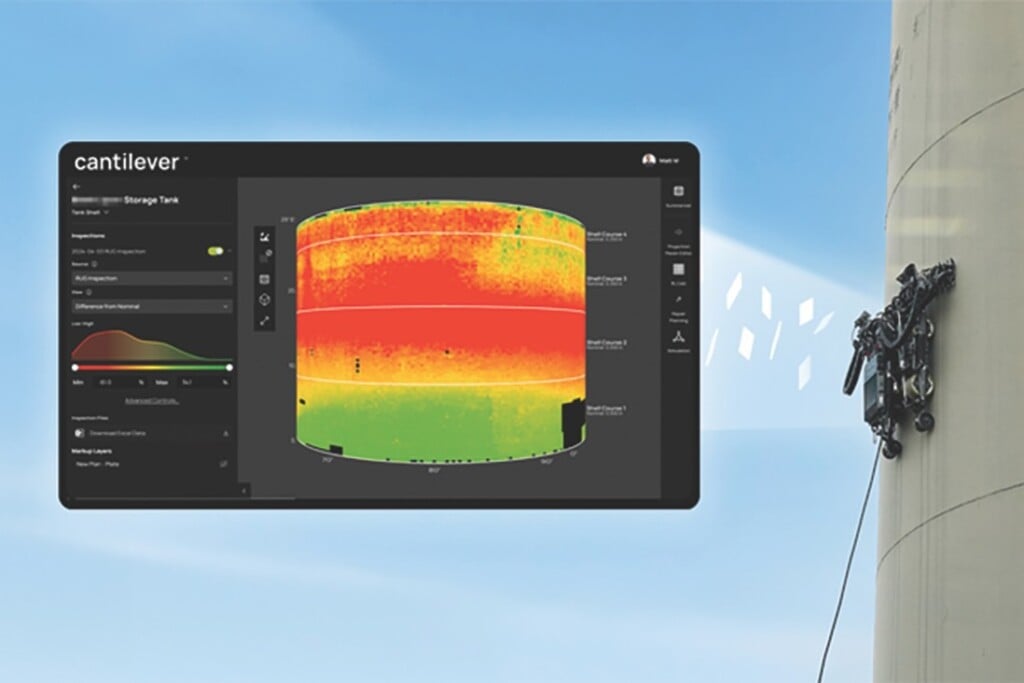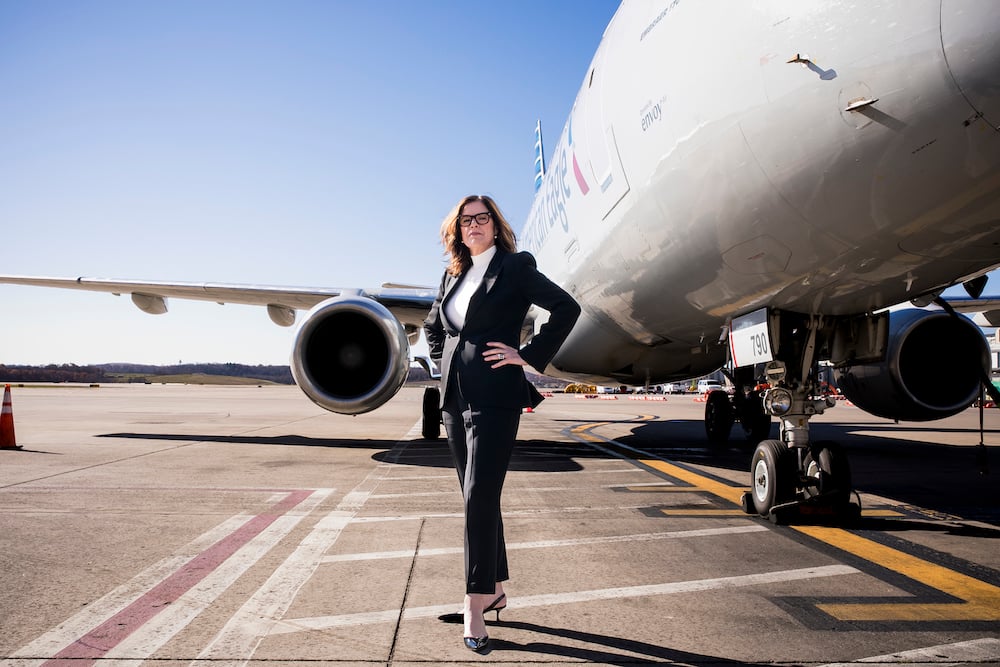University of Pittsburgh Kicks Off Project to Imagine a Better Wheelchair
Pitt engineers will lead a $41.5 million federal project that aims to 'change the field.'

ROBOTIC WHEELCHAIRS AND OTHER ASSISTIVE DEVICES LINE THE WALLS OF THE HUMAN ENGINEERING RESEARCH LABORATORIES AT BAKERY SQUARE. | PHOTO BY VIRGINIA LINN
Imagine grabbing a carton of milk from the refrigerator in the morning. For most of us, that task takes seconds.
Or imagine making a cup of coffee with your coffee maker on the counter. Again, it takes a minute or two.
But for someone who is severely disabled, taking milk out of the fridge with the existing wheelchair and assistive technology could take 45 minutes to an hour; making the coffee, 10 to 15 minutes.
“We want to get that done when it takes a few seconds,” said Rory Cooper, director of the Human Engineering Research Laboratories (HERL), an institute under the University of Pittsburgh and part of the U.S. Department of Veterans Affairs.
“We want to get it done when you open a refrigerator as naturally as possible. We want to be able to get people to go where they want to go.”

PITT’S RORY COOPER IS CO-PRINCIPAL INVESTIGATOR IN A FEDERAL PROJECT THAT AIMS TO REIMAGINE THE WHEELCHAIR TO BE MORE EFFICIENT AND SAFE. | PHOTO BY VIRGINIA LINN
Thanks to a $41.5 million award from the federal Advanced Research Projects Agency for Health, HERL will be leading a project to reimagine a wheelchair and assistive robotic arm that aims to improve independence, safety and quality of life for thousands of people, including veterans, who have disabilities.
The project, announced Tuesday, will develop the Robotic Assisted Mobility and Manipulation Platform system, known as RAMMP. It’s part of a national consortium that includes Kinova Robotics, LUCI Mobility, ATDev, and Carnegie Mellon, Cornell, Northeastern, Purdue and Indiana universities.
“Our goal is to change the field,” said Cooper, the project’s co-principal investigator with his HERL colleague, biomedical engineer Jorge Candiotti.
‘We need a transformation,” he said. “We want to discard the old technology and come up with an entirely new technology.”
Everything will be redesigned: the seating system, the base, its robotic arm, the control system, the mechanical design and the operating system.
The researchers are under an ambitious five-year timeline to first develop an educational research version and then a version for consumers, said Cooper, who uses a wheelchair himself because of a spinal cord injury. The project will create a new workforce and manufacturing opportunities in Pittsburgh and across the state, officials said. The project’s goal is to produce these advanced mobility systems domestically.
Cooper said Pittsburgh is the perfect place to test many of these products with its “historical and geographical challenges.” These include cracked sidewalks, uprooted trees that create uneven pavement, lack of curb cuts in some areas. Even going for a walk in Schenley Park is a challenge, he said. “That’s something we want to enable people to do efficiently and naturally” without putting themselves at risk.
Each year, there are 100,000 wheelchair injuries that are treated in U.S. emergency rooms because of tips and falls from the chair.
HERL, with a staff of 70 engineers and other specialists (many with disabilities), has operated out of space at Bakery Square in Larimer since 2011. Cooper’s wife, Rosemarie Cooper, HERL associate director of stakeholder engagement, pointed out several of the innovations in the laboratory, which includes a test kitchen with lower counters.

ROSEMARIE COOPER, HERL ASSOCIATE DIRECTOR OF STAKEHOLDER ENGAGEMENT, POINTS HER FOOT AT THE SPECIAL TIRES OF THE MOBILITY ENHANCEMENT ROBOTIC WHEELCHAIR. | PHOTO BY VIRGINIA LINN
One of the innovations, the Mobility Enhancement Robotic Wheelchair, has a robotic base that positions the wheels to improve how the chair moves over uneven terrain and climbs 8-inch curbs without tilting a person in the seat. The chair does all of this navigation automatically so the person doesn’t constantly have to worry about where to go and how to position the wheelchair to be safe.
The lab also has a hospital bed in which a person can be automatically moved from a wheelchair to the bed with moving parts and a conveyor belt. This would prevent the many injuries that health care workers face when they move people. There are also air-driven power chairs that can be submerged in water so people can fish or enjoy water sports, and air-driven scooters that don’t require the hours of charging that electric scooters need.
While the technology has been developed, many of these innovations are waiting for companies to step up to manufacture them, she said.
“Over the last several years, we have started to build the whole concept of using technology to transform health care,” Anantha Shekhar, Pitt senior vice chancellor for health sciences, said at the award announcement, “and particularly in the current environment, using artificial intelligence and computational capabilities and robots to truly change both lives for disabled folks but beyond that even transforming health care for coverage.”












